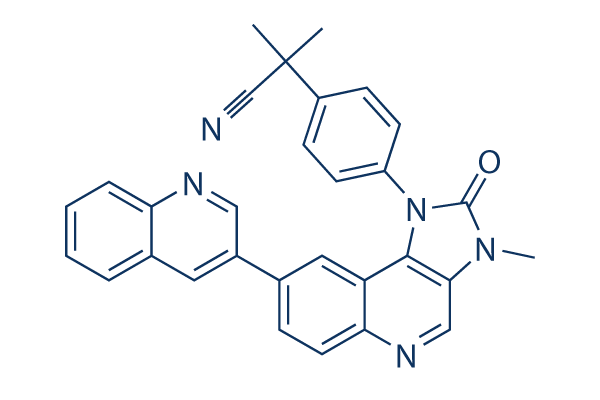Osteoproliferation bone formation within the synovial joints of SpA sufferers hasn’t been described nonetheless, even though bone formation during the affected entheses of SpA sufferers continues to be demonstrated. In the comparable research to this one, Yerenmenko et al. undertook a sizable scale whole genome expression pro filing research evaluating SpA with RA and gout synovial biopsies as opposed to OA and usual samples. The important thing acquiring from this review was the identification of a 296 gene myogene expression profile that was extremely enriched for genes connected with muscle myocyte myofibroblast biology. Interestingly, they didn’t report solid upregulation of inflammatory genes probably due to the comparison currently being concerning two inflammatory arthritidies, though MMP1 was upregulated while in the SpA samples.
In addition they reported altered expression of genes in the Wnt pathway. Similarly we also noticed adjustments in myogene related pathways, more supporting their proposal for fibrotic adjustments while in the synovium of SpA patients. The specific gene modifications underlying these pathways weren’t exactly the same in the two selleck inhibitor a replacement research but this could reflect the various patient cohorts and tissue processing. Evaluation of our past expression profiling research in PBMCs and full blood showed the absence of the myogene signature in these datasets suggesting it truly is a condition web-site distinct phenomenon. Interestingly, gene ontology evaluation evaluating expression profiling of spines and knees in proteoglycan induced spondylitis mice showed a better variety of muscle associ ated pathways upregulated while in the knee joints suggesting this might be a unique characteristic of peripheral sickness.
The significance from the myogene profile although remains to become elucidated nevertheless. Two samples misclassified during the clustering examination. There have been no technical Saracatinib concerns identified that may underline this so we will assume the causes were biological. The misclassification of the sample probably reflects the compounded biological variation in SpA patients on account of a combination of genetic discover this info here factors and illness heterogeneity reflecting onset, severity and signs and symptoms. Even though we recognized some important pathways and genes of curiosity on this research it should e thought to be an explora tory examine at this time. In spite of many of the findings agreeing with past scientific studies, more independent validation research are essential to confirm the signifi cance of our preliminary findings.
By adopting a whole genome profiling strategy this review has recognized gene signatures differentiating SpA from non SpA samples and highlighting pathways  that may play crucial pathophysiological roles in AS. Additional, the candidate gene improvements we now have highlighted doable disease pathways that may handle the progression with the inflammation and tissue destructive osteo proliferative phases of spondyloarthropathy and give advice for focusing investigation efforts to elucidate illness mechanisms.
that may play crucial pathophysiological roles in AS. Additional, the candidate gene improvements we now have highlighted doable disease pathways that may handle the progression with the inflammation and tissue destructive osteo proliferative phases of spondyloarthropathy and give advice for focusing investigation efforts to elucidate illness mechanisms.
